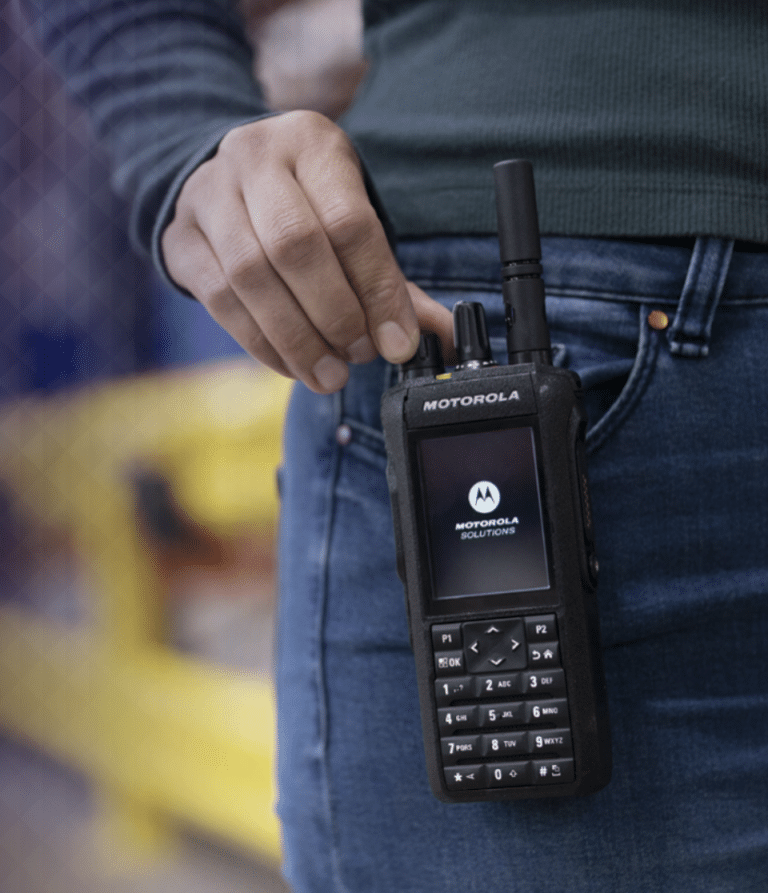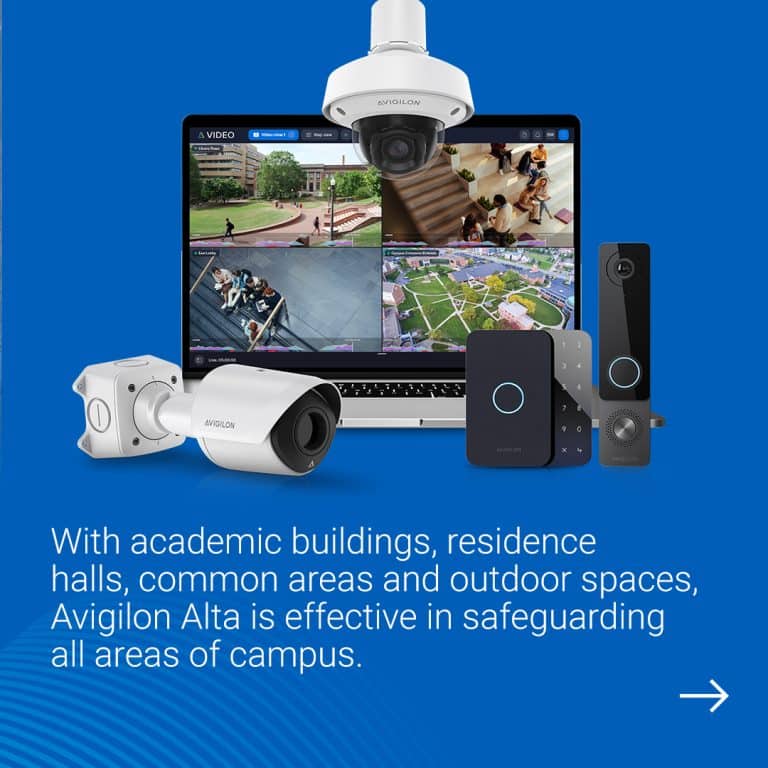Technology designed to keep workers connected is critical to business success. When it comes to the business of a temperature-controlled environment, reliable voice technologies offer a big competitive advantage.
The Sound of Better Productivity
In supply chain operations, people and devices work together to power productivity. Scanners, screens, eyes and hands are all responsible for tracking and controlling assets of operations that are always on the move. Managers under pressure to work faster without sacrificing accuracy are always looking for better ways to compete and voice-driven technologies offer an easy-to-use solution.
“Warehousing and distribution are getting more and more competitive, and you have to look at something like voice computing as a potential advantage that can push your operation ahead of the pack,” says Mike Markham, Commenco’s Director of Technology Solutions. “It focuses on workers who are filling orders and helps reduce mistakes and other waste.”
Voice computing in supply chain environments centers on speech recognition, but it’s not the same as speech to text technologies and isn’t built for complex conversations. It typically involves workers using small devices and headsets to confirm simple tasks with simple language in a sequence that makes the most of their labor.
“It’s hands-free and eyes-free,” explains Markham. “It’s a worker listening to a computer and responding with voice input. It’s very simple and that’s what makes it so appealing.”

Voice computing prevents problems that come with workers having to split their attention between device displays, inventory and activity on the floor. Multitasking is fertile ground for mistakes and redundant actions waste precious time and resources, especially in temperature-controlled environments. Markham says voice computing cuts down the noise and reduces many distractions.
“It’s a better use of labor which is probably the most important thing you can control. It puts workers in a position to focus the use of their eyes and hands on appropriate tasks while their ears process guidance. It’s probably second only to smart eyeglasses in the way it streamlines worker productivity.”
A Cold Call for Better Results
In a cold environment, voice computing eliminates the need for workers to operate keyboards or remove bulky gloves for touchscreens. And they don’t have to pause to review or interact with information on a display. Voice computing also means fewer trips in and out of freezers, which can reduce energy costs and make a positive difference in your bottom line.
The voice part of voice computing is a highly-refined function, but the power of voice computing comes from its connection to a Warehouse Management System (WMS). Advanced WMS software is nothing short of amazing in its ability to organize and guide operations. Software calculations are based on real-time conditions and that helps workers make smarter decisions. Markham says the impact can transform your entire workflow.
“Rather than sending a worker to the back of a freezer five times for nine different orders, a good WMS knows how to organize a single trip that brings all nine orders to the dock for faster and easier separation.” Markham emphasizes that a modern WMS is crucial to staying competitive and unlocks the full potential of voice computing. “Newer systems will think far ahead to save trips and reduce unnecessary movement throughout a facility. As workers are guided on more efficient paths, the labor savings really adds up.”

The Special Role of Radios
Voice computing doesn’t amount to an open channel of free-flowing communication. It’s dedicated to one purpose and one purpose only: connecting workers to Warehouse Management System intelligence. And while it can exponentially increase your competitive advantage, it does not replace two-way radio communication. Radios are still the most dependable when you need an immediate answer or have an emergency on the floor.
“You need radios for almost entirely different purposes,” says Markham. “Radios in cold storage facilities give you the immediacy you need to instantly communicate with other people, whether it’s about tasks or an emergency. Freezer environments can be dangerous and nothing beats a two-way as a reliable lifeline when something goes wrong.”
Two-way radios can be equipped with sensors that trigger an alert in an emergency. If a worker falls and becomes unresponsive in a freezer setting, their radio will detect the unusual movement and automatically call for help. And their single button “push-to-talk” design makes them easy to use, even with gloves on.

Markham believes radios should be a standard device for all members of supply chain teams, especially for those working in freezing conditions all day.
“Traditionally, radios are only issued to security personnel and facility managers, but these days, we’re seeing more companies equip more team members with radios to keep everyone safe. Cold storage environments can be dangerous but the risk can be greatly reduced if everyone is connected.”
The quality of service your business provides depends on the collaboration of everyone involved. Yes, the old tools still work, but new devices with voice capabilities work much better when responsiveness is the name of the game.
Commenco technicians have decades of experience working with voice-powered wireless technologies. Give us a call if you’d like to explore how the human voice can work for you.
Are you the weak link in your supply chain? Red flags that send a negative message>>






